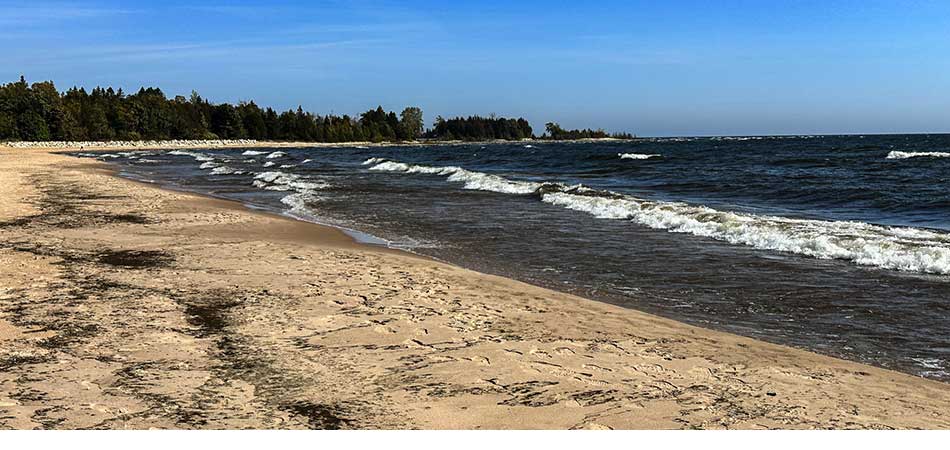To raise awareness for the growing concern of microplastics harming the Great Lakes, the Department of Environment, Great Lakes, and Energy (EGLE) is hosting the first-ever Microplastics Awareness Week. Microplastics are plastic particles smaller than 5 millimeters and can be found in Michigan’s lakes, rivers, drinking water, wildlife, and air.
Key Points:
-
- Governor Whitmer dedicated October 19 – 26 to this week in a proclamation.
- The goal is to raise awareness and provide opportunities for the public to participate in cleanups and discover practical solutions to reduce plastic waste.
- On October 22, EGLE is hosting the first-ever virtual Great Lakes Microplastics Summit from 8:30 a.m. -5 p.m.
- The summit is open to researchers, environmental advocates, and anyone curious about the topic.
- It will bring together scientists, policymakers, and community members to discuss microplastics in surface and drinking water and to address questions.
- EGLE is ramping up its microplastics research and monitoring with a one-time state appropriation over five years.
Microplastics in Michigan:
-
- They’re present in Michigan’s water, soil, air, and wildlife, including fish, birds, and mussels.
- Modeling studies estimate that 10,000 metric tons of plastic enter the Great Lakes each year.
- Microplastics’ many forms include beads, fragments, pellets, film, foam, and fibers.
- They can be created when larger plastic items break up in sun and wave action over time, or they can be intentionally manufactured.
- Studies in the five Great Lakes have shown that larger amounts of microplastics are found close to urban and nearshore areas, particularly near locations where rivers, storm drains, and wastewater treatment systems discharge.
- Greater amounts have been found in Lakes Erie and Ontario, which are small and have larger urban populations.
- While researchers are still learning how microplastics may affect human and ecosystem health, scientists suspect that these particles can absorb and release harmful chemicals and may impact the development and reproduction of aquatic species.
For more information or to sign up for the summit, please click here.








